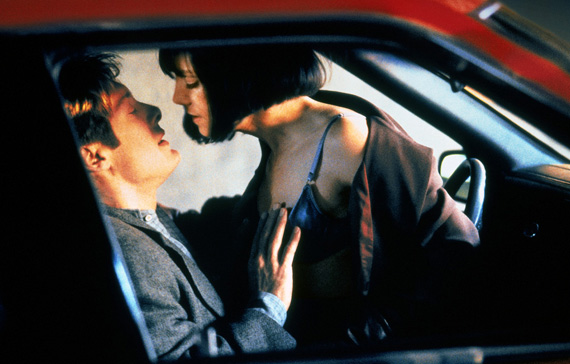
The Cannes Film Festival has always favored unconventional aspects of cinema, and has awarded auteurs with radical views on art and society. Some of the Jury’s decisions proved to be rather controversial, as they provoked reactions from critics, the audience (the Cannes audience is prone to booing), or even the Church and politicians.
Some of the films in this list – the first five of them – were awarded with the Palme d’Or. Some are now considered as all-time classics, and others were mostly forgotten. Here is the list of the 10 most controversial movies in Cannes history.
1. La Dolce Vita (Federico Fellini, 1960)
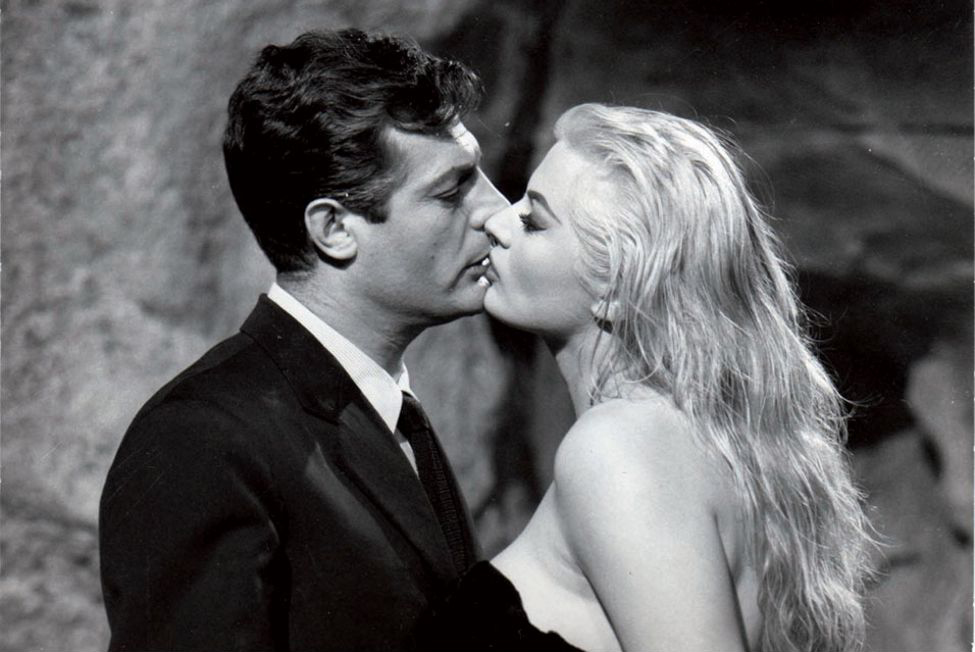
The statue of Jesus flying over Rome… women in bikinis saluting it from their swimming pool… and then a picture of Vatican from above. “La Dolce Vita” is an endless sequence of magically beautiful cinematic pictures, and at the same time the inner travels of journalist and socialite Marcello into the depths of Rome’s bourgeoisie hidden pleasure. The jury, presided by Georges Simenon, praised the movie’s insolent delicacy and handed Fellini the precious Palme d’Or.
These seven days – or rather nights – in Marcello’s life, his encounters with women in a constant search for both sex and paparazzi news, his strolls in the nightclubs and the nocturnal streets of Rome, were interpreted by various analytical schemas, based both on psychoanalysis and religious symbolism.
The latter ones that parallelize those seven nights with the seven heads of the Beast in John’s Apocalypse, together with the image of a herd of worshippers who rush after two sinister children that claim they saw a vision of Saint Mary just as paparazzi dash after a cinema diva, strongly disturbed members of the Catholic Church who did everything they could to impede the theatrical release of the movie. And they managed to do so in Franco’s Spain. Iberians saw “La Dolce Vita” in 1975, just after Franco’s death.
2. Taxi Driver (Martin Scorsese, 1976)
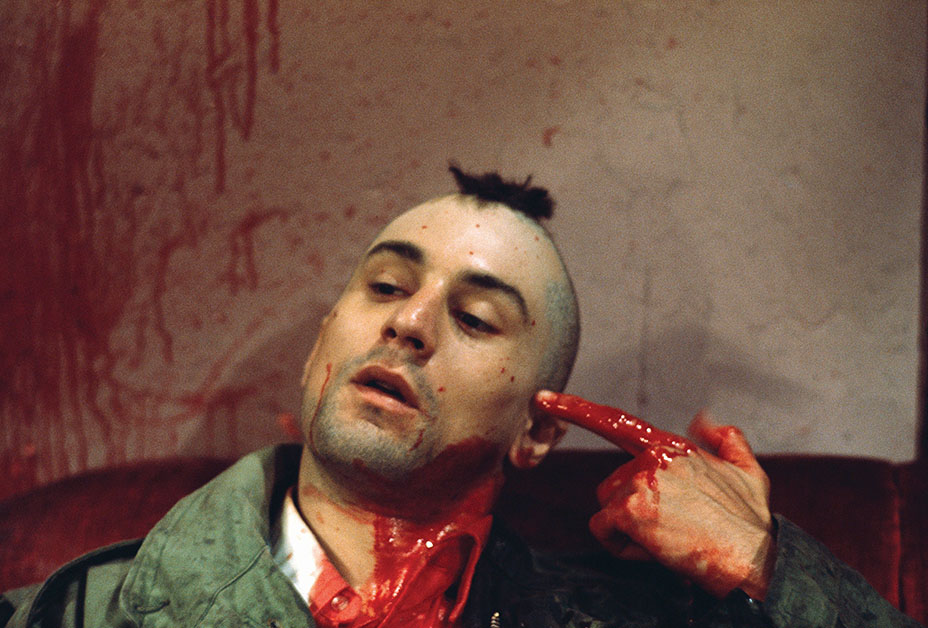
“Watching violence on the screen is a brutalizing experience for the spectator,” declared Tennessee Williams, the famous playwright and head of the Cannes Jury that year to the reporters. Then he handed with a cold heart the Palme d’Or to… I don’t know, was it Jodie Foster or someone else? Scorsese had fled to New York under the pretext of completing his next project, and De Niro and Keitel preferred to stay in their hotel rooms during the ceremony. Half of the audience was cheering with joy, the other half booing out of rage. This often happens when we have to deal with genuine pieces of art.
What was it that bothered audiences so much with “Taxi Driver” in the first place – as it is now, 40 years later, considered among the 30 masterpieces of world cinema? Was it its violence? Noooo. “The Wild Bunch” was a violent movie. “Dirty Harry” was a very violent movie as well. Not to mention two of the films in the late 60s / early 70s dealt with the problem of violence as it comes from a borderline figure, whether that would be an outlaw in the wildlands or a cop who goes too far to give justice. The problem with “Taxi Driver” is not violence by itself.
Travis Bickle is a weird kind of exterminator angel that is driven by no moral dilemmas or boundaries. He is completely nuts! “Taxi Driver” was the turning point for noir and political movies, and after its release, nothing was the same.
In this movie, violence is not used to try to attribute justice, but to denounce, just by being violence: to denounce loneliness, alienation, self-depreciation, rejection and frustration. Scorsese took a huge step in approaching violence and everyday madness that no one had done before. It was hard to appreciate from the very beginning. Well, the Cannes Jury did!
3. Viridiana (Luis Buñuel, 1961)
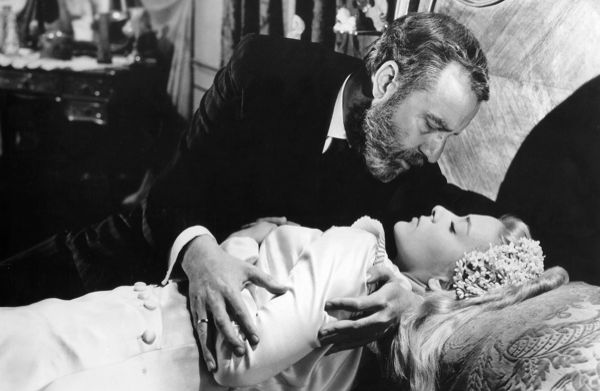
Just one year after “La Dolce Vita,” the Cannes Jury insisted on irritating the Catholic Church. This time with iconoclast, surrealist master Luis Buñuel, and the film that boosted his international career.
Buñuel lived self-exiled in the U.S. and then Mexico since the outburst of Spanish Civil War and the consequent victory of Franco’s fascist troops. In 1961, Franco, as an act of supporting Spanish art, invited Buñuel back to Spain and sponsored his making of a movie. That is how “Viridiana” was filmed.
The bad thing for Franco was that he didn’t seriously take into account that Buñuel was crazy, surrealist, and a devoted anti-clerical antifascist. So, with Franco’s financial aid, he made a bone-crushing movie, mercilessly criticizing the Church, religion, and the social elite. All on the contrary of what Franco had in mind.
Buñuel wisely sent a copy out of the country and then he left Spain, heading toward the French Riviera. There, he was glorified by both the Jury and the audience. On the other hand, Franco’s regime and the Catholic Church were horrified. The film was banned in Spain and all copies were destroyed.
“Viridiana” is a story of a nun who, before taking her vows, is sent by her Mother Superior to visit her widowed uncle, who proposes she stay and marry him, and then drugs her and tries to rape her. Then he commits suicide, leaving all his fortune to Viridiana and her cousin, Jorge, a brute that has nothing to do with the pious and religious life.
Viridiana tries to convert their mansion into a shelter for the have-nots, but the herd of beggars she attracts prove to be one more plague in her life: they devour, defecate, copulate and destroy everything, and Viridiana has to ask her cousin’s help to throw them out, end any religious aspirations, and enter ‘real’ life. The scene of the beggars sitting around the table in a parody of Da Vinci’s Last Supper should have shocked clerics the most.
4. Underground (Emir Kusturica, 1995)
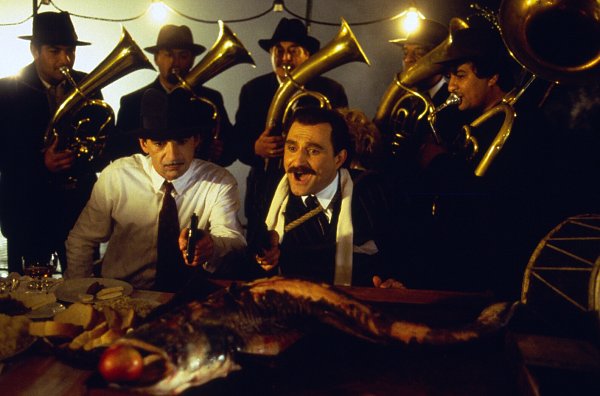
“If Fellini had shot a war movie, it might resemble ‘Underground,’” wrote Deborah Young in Variety back in 1995. I do agree with that statement 110 percent. Kusturica was Fellini’s natural cinematic son. What happened in Cannes almost ended a promising career of a then 39-year-old cineaste who had gained two Palme d’Ors in five films – a record rivaled only by the Dardenne Brothers.
To most film critics, “Underground” was the best film competing for the Palme d’Or that year, even though my compatriot, Aggelopoulos, had a totally different opinion and didn’t refrain himself from sharing it when he received the Grand Jury Prize.
It was a thunderstorming black satire running over 50 years of Yugoslav history, from the Nazi invasion and Serbian resistance to the devastating war that tore the country apart. It was a film full of life, full of the will to live, full of music and dance, full of beautiful, earthy men and women, with some of the most unforgettable opening and ending scenes in cinema history – in my humble opinion.
Kusturica is a Bosnian of Serbian origin. His closest friend since adolescence and close partner is musician Goran Bregovic, of Croat and Bosnian origin. It would take thousands of words to explain how ethnicities are built up in the Balkans that would fit more to a social science revue than to a film site.
The matter is that Kusturica was, first and foremost, pro-Yugoslavian; that was not when the war burst in the 1990s but even from his very early work, “Do You Remember Dolly Bell.” He was against the splitting of the country and the way it happened, through war and disaster.
The Bosnians and the Western media who supported their side in a very complicated war were outraged by the awarding of Kusturica by the most important European cinema award. The outcries were so loud that Kusturica announced that he would quit filming, only to step back some years later and continue making movies, even though he never achieved the quality of his first five ones.
5. Blue is the Warmest Color (Abdellatif Kechiche, 2013)
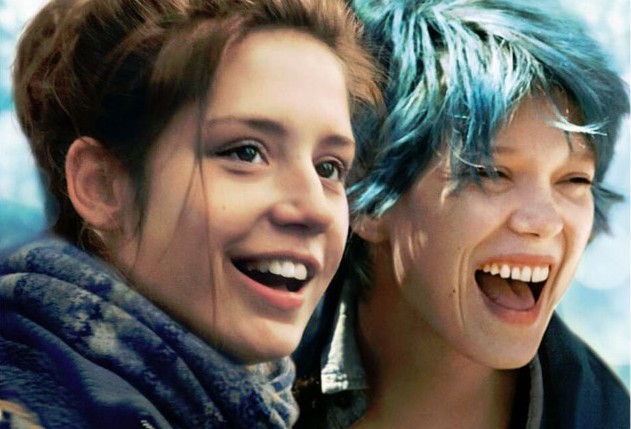
Steven Spielberg, as head of the Jury, awarded a unanimous Palme d’Or to both the director of the movie and the two leads, Adéle Exarchopoulos and Léa Seydoux, for the first time in Cannes Festival history, recognizing by this act that the film was an achievement for all three artists. Soon, both before and after the ceremony, there was much controversy and fuzz about the movie from those one would least expect.
It was a movie about a lesbian love affair that included long shots of sex scenes. Some people grumbled about that – how can so much sex be exposed and awarded? But that was not where the attack came from.
Feminists together with lesbians attacked Kechiche about his male gaze toward women’s eroticism. Julie Maroh, the author of the comic on which the film was based, wrote that the sex scenes were far too pornographic for her taste.
And, the very tip of the iceberg was that a few days after the award was given, a war started between the director and the two young leads, especially Seydoux, regarding the conditions on the set while filming, and especially regarding the shooting of the notorious sex scenes which allegedly lasted more than 200 hours. “He didn’t want our acting, he wanted our soul.” “He made me feel as a prostitute.”
Kechiche was very embittered by all this turmoil that, various times, he declared it would better if he had not made this movie. That would be a pity! Because, apart from the evident and maybe provocative depiction of a homosexual love affair, there were so many other points in the movie about contemporary France, the situation of the immigrants, and the chances they have for their future lives that were left unnoticed.